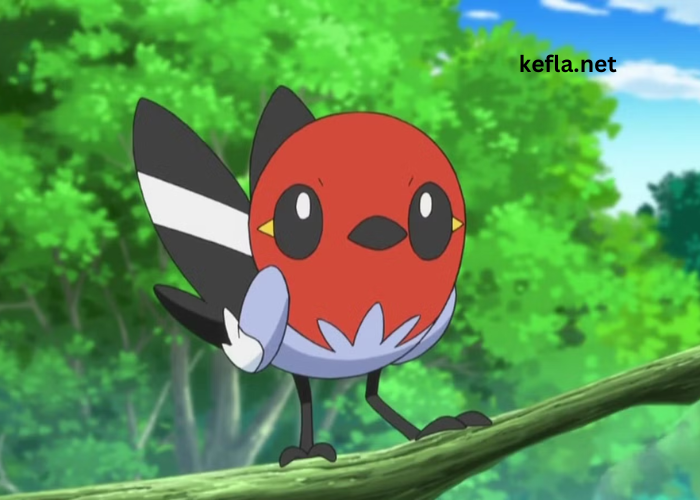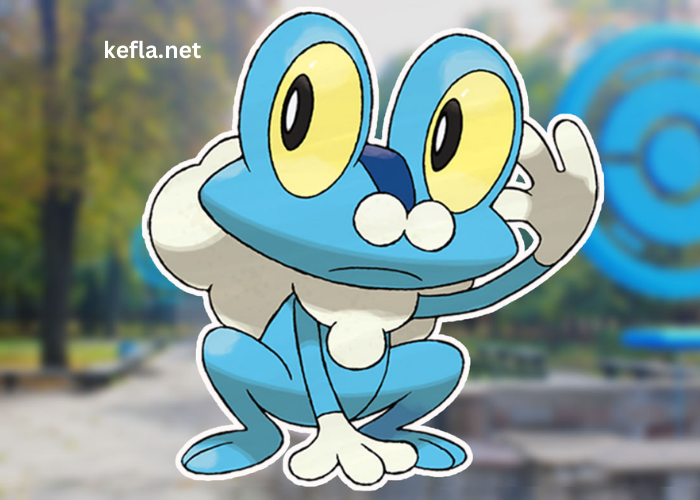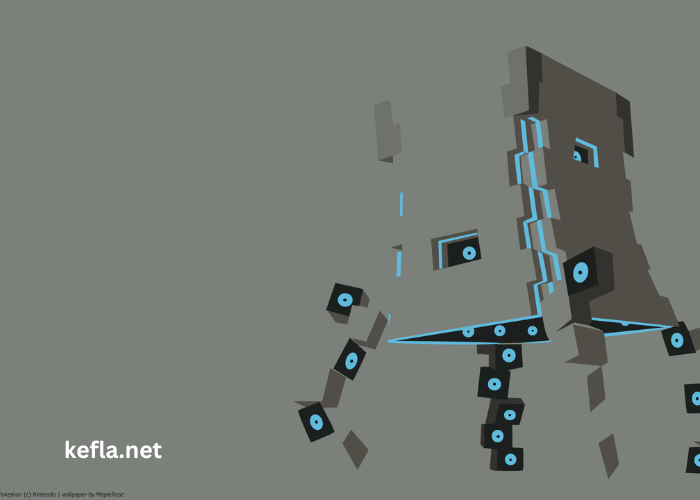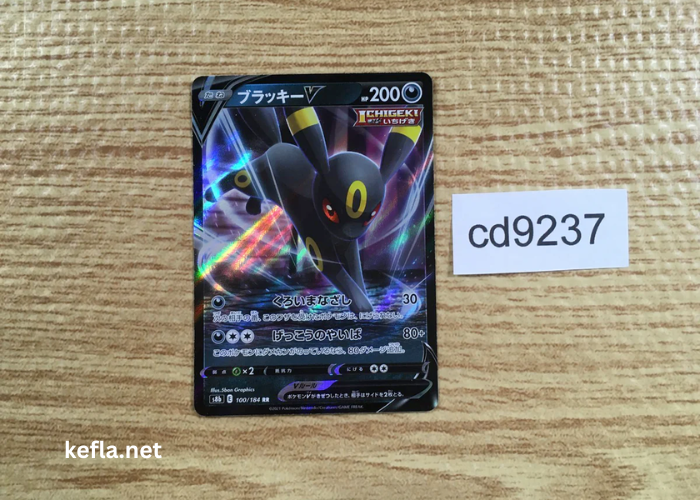Fletchling is a Pokémon that has captured the hearts of many players and fans alike. This small, avian creature bears a striking resemblance to a robin, one of the most recognizable birds in the world. Despite its small size, it carries the heart of a true warrior and is known for its speed and agility.
Whether you’re a competitive player or just a fan of Pokémon’s diverse roster, Fletchling is definitely one to keep an eye on.
Key Points:
- Fletchling is a small, bird-like Pokémon, akin to a robin.
- It’s a Normal/Flying-type Pokémon, excelling in speed and aerial combat.
- It evolves into Fletchinder, and later into Talonflame, making it a strong addition to any team.
What Makes Fletchling Stand Out?
Fletchling may seem small and unassuming, but there’s much more to it than meets the eye. As a Normal/Flying-type Pokémon, it has the ability to soar through the skies, reaching incredible speeds. Its robin-like appearance is both charming and practical, making it a favorite for many trainers. The key feature that makes Fletchling stand out is its speed, a characteristic that allows it to perform in both battles and exploration with great agility.
Fletchling’s small size allows it to be highly maneuverable, making it ideal for dodging attacks and swooping in for a strike. Its bright colors and cheerful demeanor add to its appeal, making it not just a strong Pokémon, but a visually pleasant one as well. With its evolution into Fletchinder and then Talonflame, Fletchling proves to be a Pokémon that grows stronger with time, showcasing an exciting journey for trainers who choose it.
How Does Fletchling Perform in Battles?
While Fletchling may not have the raw power of some of the other Pokémon, its speed is its biggest advantage. In competitive battles, speed plays a crucial role, allowing it to move quickly and take down opponents before they can retaliate. Fletchling’s Flying-type moves, like “Aerial Ace” and “Quick Attack,” make it an excellent offensive Pokémon. With its Normal/Flying typing, it can also resist Fighting-type moves, giving it an edge in battles against certain Pokémon.
Furthermore, Fletchling has access to the ability “Big Pecks,” which protects it from Defense-lowering effects. This makes it a little more resilient, allowing it to perform well in both offensive and defensive roles. Its evolution into Fletchinder allows it to access even stronger Flying-type moves, giving it an extra advantage in later stages of the battle.
Note: Fletchling’s natural agility means it often outpaces opponents in battle, especially in early game situations.
What Are Fletchling’s Evolutions?
Fletchling’s evolution line is one of its most exciting features. Starting as a tiny, robin-like Pokémon, it evolves first into Fletchinder at level 17. This second stage sees a noticeable increase in power, making Fletchinder a solid addition to any team. Fletchinder is faster and more aggressive than Fletchling, with access to the powerful move “Flame Charge,” which increases its speed and deals fire damage.
At level 35, Fletchinder evolves once again into Talonflame, a formidable Flying/Fire-type Pokémon that becomes one of the most powerful birds in the Pokémon universe. Talonflame can learn moves like “Brave Bird” and “Flare Blitz,” making it a deadly force in battle. Trainers who stick with Fletchling through its evolution will find that it becomes a powerful ally in the long run.
Reminder: Make sure to level up Fletchling quickly to access its full evolution potential.
How Does Fletchling Compare to Other Flying-Type Pokémon?
Fletchling stands out in the Pokémon world not just because of its speed, but because of its versatility and potential for growth. When compared to other Flying-type Pokémon, such as Pidgey or Spearow, Fletchling holds a unique position as a strong offensive Pokémon with the potential for major evolution. While Pidgey is known for its utility in the early stages of the game, Fletchling’s rapid evolution into Fletchinder and Talonflame makes it more relevant as a powerful team member well into the game.
Here’s a comparison of Fletchling’s stats with some other popular Flying-type Pokémon:
| Pokémon | Type | Speed | Attack | Defense |
| Fletchling | Normal/Flying | 56 | 50 | 40 |
| Pidgey | Normal/Flying | 56 | 45 | 40 |
| Spearow | Normal/Flying | 70 | 60 | 30 |
| Talonflame | Fire/Flying | 126 | 81 | 71 |
As shown in the table, Fletchling has comparable speed to other early game Flying-types, but its evolution into Talonflame results in a significant power boost, especially in speed and attack. Talonflame becomes one of the fastest Pokémon in the game, making it an excellent choice for trainers who need a quick and powerful flying attacker.
What Are the Best Moves for Fletchling?
Fletchling excels at using Flying-type moves, which capitalize on its high speed and agility. “Aerial Ace” is one of the best early moves for Fletchling, as it never misses and can be used repeatedly to deal damage to opponents. Other moves like “Quick Attack” help Fletchling get the first strike in battle, which is critical in many situations.
In its evolution to Fletchinder and Talonflame, Fletchling learns a broader array of moves, including “Flame Charge” and “Brave Bird.” These moves increase its attack power, and the addition of Fire-type moves gives it coverage against Grass, Bug, Ice, and Steel-type Pokémon, making it an excellent choice for a balanced team.
Conclusion
Fletchling may start small, but it’s a Pokémon full of potential. Its speed and agility make it an excellent choice for trainers who enjoy fast-paced battles, while its evolution line ensures that it remains useful and powerful as the game progresses.
Whether you’re just starting or well into your Pokémon journey, Fletchling’s unique qualities and evolutionary potential make it a must-have addition to your team.
FAQ’s
- Is Fletchling a good Pokémon for beginners?
Yes, Fletchling is a great Pokémon for beginners, as it is easy to catch, quick to evolve, and offers good offensive capabilities in battles. - What is the best move for Fletchling in battle?
“Aerial Ace” is one of the best moves for Fletchling, as it is a reliable Flying-type attack that never misses. - How fast does Fletchling evolve?
Fletchling evolves into Fletchinder at level 17 and into Talonflame at level 35. - Can Fletchling be used in competitive Pokémon battles?
Yes, once it evolves into Talonflame, it becomes a strong contender in competitive battles, especially due to its high speed and offensive moves. - What are Fletchling’s strengths in battle?
Fletchling’s main strength lies in its speed, allowing it to strike first and avoid taking damage. It also has access to powerful Flying-type moves and its Fire-type evolution moves make it versatile.





